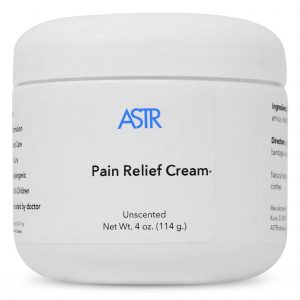Craniosacral Therapy: Definition, Theory, Uses, Research Studies & Treatment
Craniosacral Therapy: Definition, Theory, Uses, Research Studies & Treatment
What is Craniosacral Therapy?
Craniosacral therapy is an alternative medicine that is intended to manipulate the skull in order to relieve pain and tension. It focuses on wave-like rhythmic pulses that flow through the entire body.
Craniosacral Therapy Theory
Craniosacral Therapy is a treatment approach that means to discharge limitations around the spinal cord and brain and consequently reestablish body function.51
Who Uses craniosacral therapy?
Craniosacral therapy is performed by licensed practitioners, to include osteopathic doctors and physical therapists, to help their patients with pain reduction.
What is Craniosacral Therapy Used for?
Craniosacral therapy can be used for many health conditions to include headaches, neck and back pain, TMJ disorder, fatigue, and central nervous system disorders. This therapy can help with the patient’s overall wellbeing and brings them “more at peace with oneself.”
How is Craniosacral Therapy used?
Craniosacral therapy is an intimate, gentle, manual therapy where the practitioner palpates around the body to pinpoint areas of concern in order to relieve the restriction and gain improved functionality within the central nervous system.
Craniosacral Therapy Research Studies
In a systematic review by Jakel and Von Hauenschild planned to assess the clinical advantages of craniosacral therapy. The systematic review included examinations portraying observational or randomized controlled trials in which craniosacral therapy was the main treatment strategy utilized.51 7 studies met the criteria, they comprised of 3 randomized controlled trials and 4 observational examinations. This review uncovered the lack of craniosacral treatment examine in patients with various clinical pathologies. Craniosacral treatment is possible in randomized control trials and can possibly give important results to additionally bolster clinical decision making. Be that as it may, because of inadequate and absence of the methodological nature of the investigations, additional examination is required.51
Another systematic review by Green et al intended to evaluate the biological plausibility, assessment reliability, and clinical effectiveness of craniosacral therapy.52 They accumulated 33 studies that gave essential information on craniosacral therapy. Of the 33 studies, 7 gave information on the viability of craniosacral therapy and were incorporated into the systematic review.52 The systematic review found that there was lacking evidence to help show craniosacral treatment as clinically effective.52 The accessible research on craniosacral therapy adequacy speaks to low quality evidence administered utilizing lacking research protocols.52 Research methods that could convincingly assess adequacy of craniosacral therapy as an intervention have not been applied to date.52 In the wake of checking on the investigations on craniosacral treatment, additional research is expected to improve quality evidence that supports this type of treatment since current evidence is low quality and demonstrates no decisive confirmation of effectiveness.
Alternative Effective Treatment
ASTR has a positive effect on the craniosacral system and treats pain in a gentle, effective, and natural way by releasing scar tissue, trigger points, and fascia restriction. ASTR treatment can be done at home.
Pain Relief Home Treatment

- Fast results
- Treatment takes about 5 min a day
- Easy to use medical tools
- Natural holistic approach
- Treat the root cause of the problem
- Invented by a doctor who had chronic pain
- Supported by over 45 studies
ASTR Exceptionally Different
Reviews collected from various websites
Heal Faster




